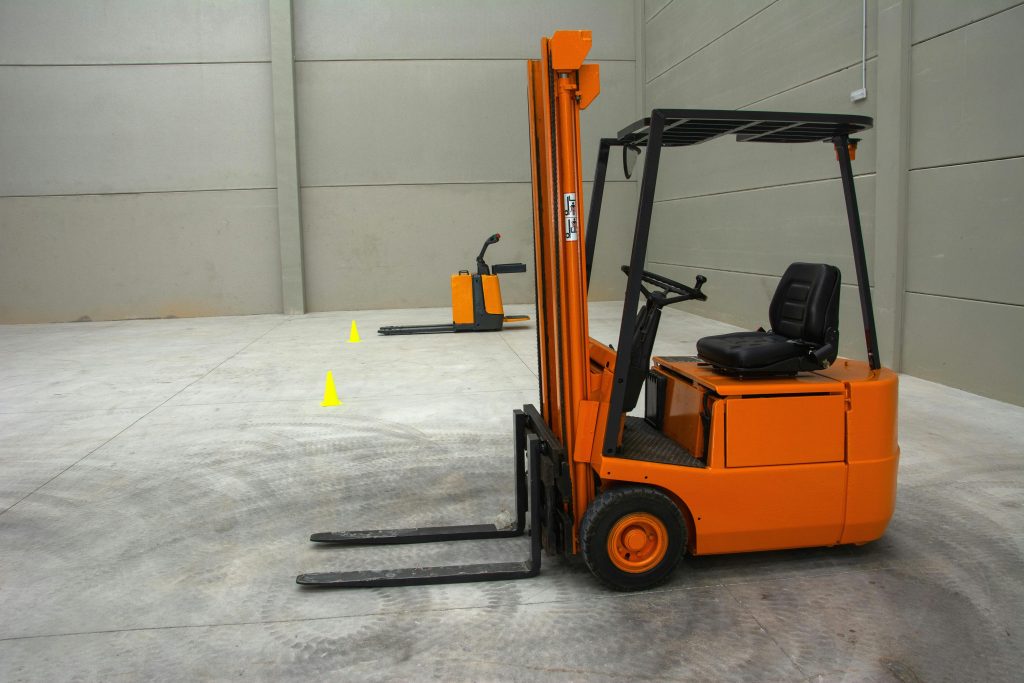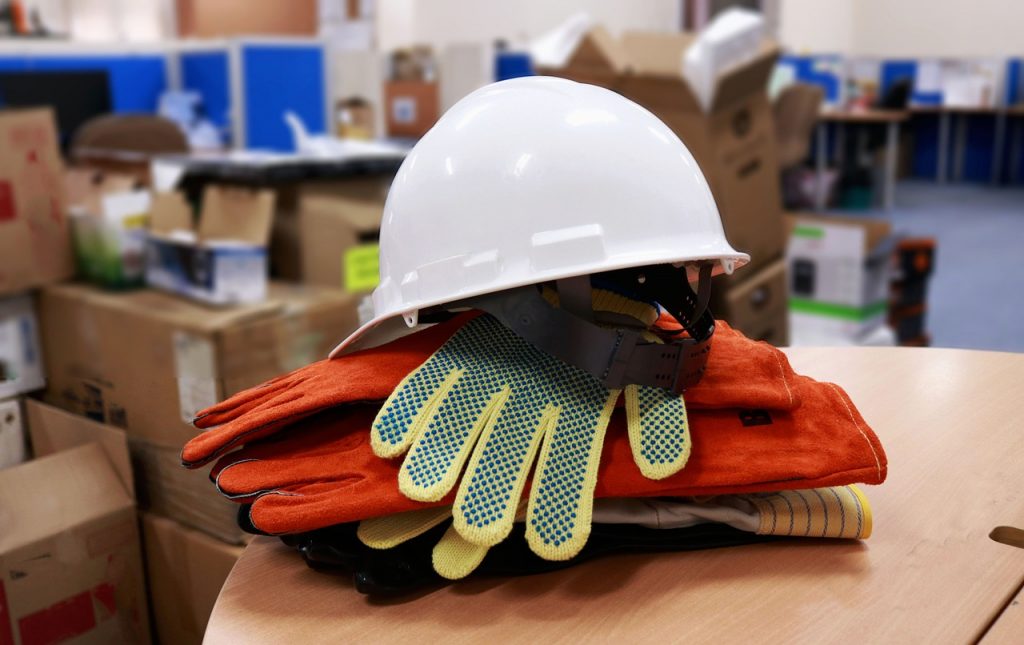
- Robust training programs ensure employees understand safety procedures and protocols effectively.
- Prioritizing equipment maintenance prevents accidents by addressing potential hazards promptly.
- Effective organization of storage spaces minimizes clutter and reduces the risk of accidents.
- Enforcing proper lifting techniques and providing ergonomic equipment prevent injuries.
- Fostering a culture of safety through leadership, communication, and recognition enhances workplace safety.
In the bustling world of retail, warehouse safety is paramount. From large distribution centers in major countries like Singapore and Hong Kong to small backrooms in other locations, the potential for accidents is ever-present. But with proper precautions and protocols in place, these risks can be minimized, if not entirely avoided. In this article, we’ll explore five essential strategies to enhance safety in retail storage facilities, ensuring the well-being of both employees and customers.
Implement Robust Training Programs:
Conduct Regular Safety Workshops:
Regular safety workshops are crucial for reinforcing safety protocols and educating employees on best practices. These workshops provide opportunities for hands-on learning, allowing employees to familiarize themselves with proper lifting techniques, equipment operation, and emergency procedures. By conducting workshops regularly, retailers can ensure that safety remains a top priority and that employees are well-equipped to handle potential hazards.
Designate Safety Champions:
Appointing safety champions within the organization empowers employees to take ownership of warehouse safety. These individuals undergo specialized training and serve as mentors to their peers, conducting safety audits and facilitating ongoing training initiatives. Safety champions play a vital role in promoting a culture of safety within the workplace, encouraging their colleagues to prioritize safety in all aspects of their work.
Utilize Interactive Training Tools:
Interactive training tools, such as virtual reality simulations and online modules, offer engaging ways to educate employees on safety procedures. These tools provide immersive learning experiences without exposing employees to real-world risks, allowing them to practice handling equipment and responding to emergencies in a controlled environment. By incorporating interactive training tools into their programs, retailers can ensure that employees receive comprehensive safety training that is both effective and engaging.
Prioritize Equipment Maintenance:

Schedule Routine Inspections:
Regular equipment inspections are essential for identifying and addressing potential hazards before they escalate into accidents. By implementing a schedule for routine inspections, retailers can ensure that equipment is functioning properly and is safe for use. Inspections should cover all machinery and tools used in the warehouse. If necessary, consider replacing them for safety. A forklift for sale should be inspected thoroughly to ensure it can do its job properly.
Provide Adequate Training on Equipment Usage:
Proper training on equipment operation is crucial for preventing accidents caused by misuse or misunderstanding. All employees should receive thorough training on how to safely operate machinery and tools, including proper procedures for starting, stopping, and troubleshooting equipment. By providing adequate training, retailers can minimize the risk of accidents and ensure that employees feel confident and competent when using equipment in the warehouse.
Organize Storage Spaces Effectively:
Implement Clear Signage:
Clear signage is essential for helping employees navigate the warehouse safely and avoiding potential hazards. All aisles, storage bins, and hazardous areas should be clearly labeled, with color-coded signage used to identify different zones or materials. By implementing clear signage, retailers can minimize the risk of accidents caused by confusion or lack of awareness in the warehouse.
Maintain Cleanliness:
Regular cleaning and tidying of storage spaces are crucial for preventing accidents such as slips, trips, and falls. Employees should be encouraged to clean up spills promptly and dispose of debris or packaging materials properly to minimize obstructions and trip hazards. By maintaining cleanliness in the warehouse, retailers can create a safer working environment for their employees and reduce the risk of accidents and injuries.
Utilize Vertical Storage Solutions:
Maximizing floor space and minimizing clutter is essential for improving safety in the warehouse. Vertical storage solutions, such as shelving units and mezzanine platforms, can help retailers optimize storage space while keeping the floor clear of obstacles. Properly secured storage systems prevent items from falling and causing injuries, reducing the risk of accidents and creating a more organized and efficient warehouse environment.
Enforce Proper Lifting Techniques:
Train Employees on Safe Lifting Practices:
Proper lifting techniques are essential for preventing injuries such as strains and sprains in the warehouse. Employees should be trained to keep their backs straight, bend their knees, and lift with their legs when handling heavy objects. Emphasizing teamwork and communication when lifting large or awkwardly shaped items can further reduce the risk of accidents and injuries in the workplace.
Encourage Regular Breaks:
Encouraging employees to take regular breaks to rest and stretch is essential for preventing fatigue and reducing the risk of accidents in the warehouse. Fatigue can impair judgment and coordination, increasing the likelihood of accidents and injuries. By promoting healthy work habits and encouraging employees to take breaks when needed, retailers can create a safer working environment and minimize the risk of accidents and injuries in the warehouse.
Foster a Culture of Safety:

Lead by Example:
Leadership plays a crucial role in fostering a culture of safety within the organization. By leading by example and following established safety protocols, management demonstrates a commitment to employee safety and sets the tone for the entire organization. When employees see management prioritizing safety, they are more likely to take safety guidelines seriously and follow them consistently in their daily work.
Encourage Open Communication:
Creating channels for employees to report safety concerns or near-misses promotes a culture of open communication and accountability in the workplace. Employees should feel comfortable reporting safety issues without fear of reprisal, allowing management to address concerns promptly and implement necessary changes to improve safety. Regular communication about safety policies and procedures ensures that employees are aware of expectations and can contribute to ongoing efforts to enhance safety in the workplace.
Recognize and Reward Safe Behavior:
Acknowledging and rewarding employees who demonstrate exemplary safety practices reinforces the importance of prioritizing safety in the workplace. Celebrating achievements in safety demonstrates appreciation for employees’ efforts to maintain a safe working environment and motivates others to follow suit. By recognizing and rewarding safe behavior, retailers can reinforce a culture of safety and encourage continued adherence to safety protocols among employees.
In the fast-paced world of retail, warehouse safety should always be a top priority. By implementing robust training programs, prioritizing equipment maintenance, organizing storage spaces effectively, enforcing proper lifting techniques, and fostering a culture of safety, retailers can minimize the risk of accidents and create a safer work environment for everyone. By investing in safety measures today, retailers can safeguard their most valuable assets—their employees—and protect their bottom line from the costly consequences of workplace accidents.
Wir bieten replica uhren legal von bester Qualität über 10 Jahre und 3 Jahre Garantie auf jede Uhr, kostenlosen Versand und ohne Rückgabegrund.
Best quality replica rolex watches is swiss watch brands 1:1 replica fake watch, high-quality swiss movement.
IWC replica show Swiss luxury replica iwc watch here best cheap price with AAA High quality fake watches.




